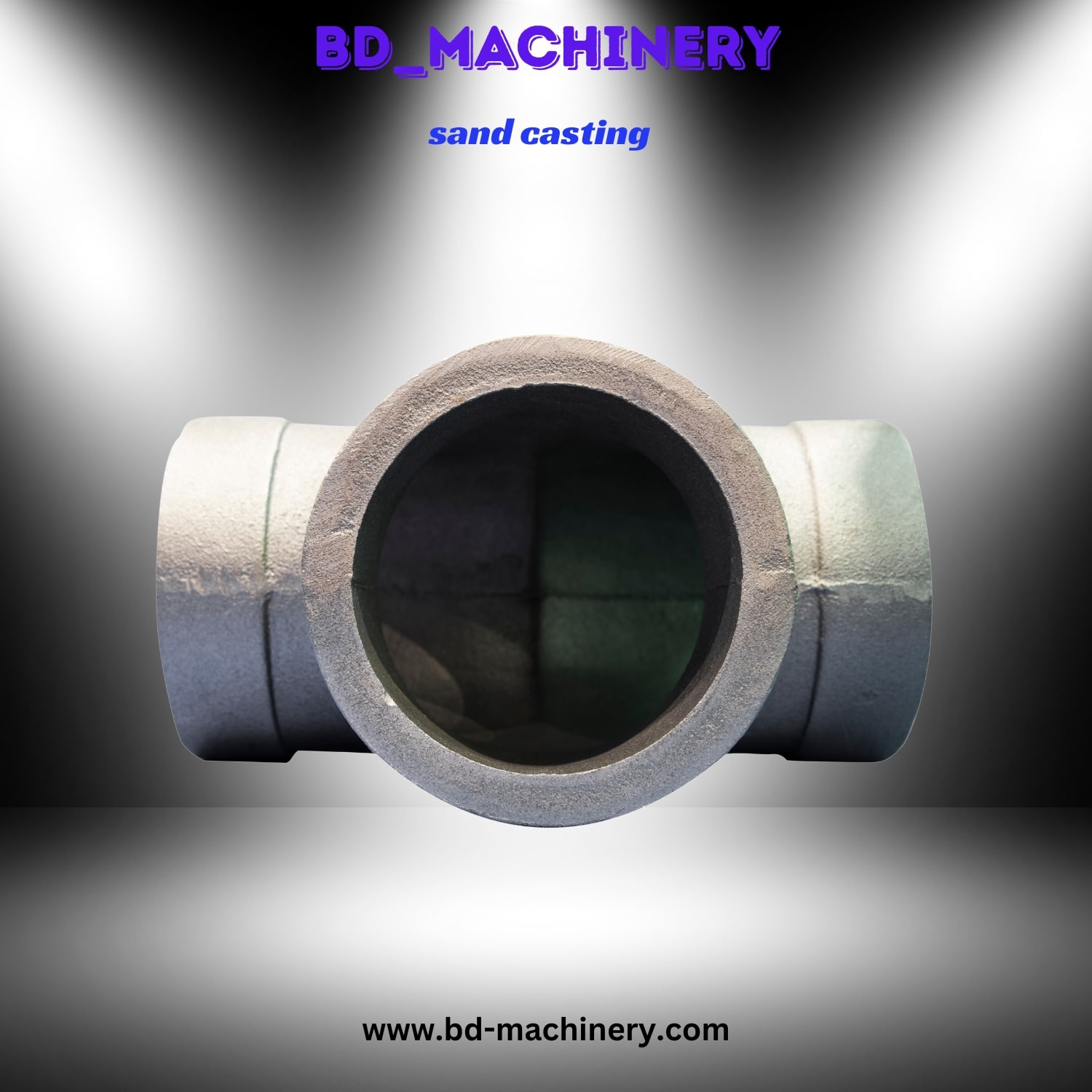Sand casting is one of the oldest and most versatile methods for producing metal parts. It has been practiced for millennia and continues to be widely used due to its simplicity, flexibility, and cost-effectiveness. This guide explores the intricacies of sand casting , from its fundamental principles to its diverse applications across various industries.
Understanding Sand Casting: Sand casting is a process where molten metal is poured into a mold cavity formed in sand. The mold is typically made by packing sand around a pattern, which is a replica of the desired part. Once the metal solidifies, the sand mold is broken away to reveal the cast metal part. This method allows for the production of complex shapes and is suitable for both ferrous and non-ferrous metals.
The Sand Casting Process:
-
Patternmaking: The process begins with creating a pattern, usually made from wood, plastic, or metal, which represents the final part's shape and features.
-
Mold Preparation: Sand molds are formed by packing specially formulated sand mixture (typically silica sand mixed with a binder like clay) around the pattern.
-
Core Making: Cores may be used to create internal cavities or complex features within the casting. Cores are made from sand or metal and are placed into the mold cavity before pouring.
-
Molding: The pattern is removed to leave a cavity within the sand mold. Multiple mold sections may be used for more complex shapes.
-
Melting and Pouring: The metal is melted in a furnace at temperatures suitable for the specific alloy. Once molten, it is poured into the mold cavity through a gating system.
-
Solidification and Cooling: As the metal cools, it solidifies within the sand mold. Cooling rates and control over solidification affect the final properties of the casting.
-
Shakeout and Cleaning: After solidification, the sand mold is broken away (shakeout) to reveal the casting. Excess material (risers, gates) is removed, and the casting undergoes finishing processes like grinding and machining.
Advantages of Sand Casting: Sand casting offers several advantages that contribute to its widespread use:
- Versatility: Capable of producing both small and large parts with complex geometries.
- Cost-Effectiveness: Low tooling costs and relatively inexpensive materials.
- Design Flexibility: Easily accommodates design changes and iterations.
- Material Variety: Suitable for a wide range of metals and alloys, including ferrous and non-ferrous materials.
- Production Efficiency: Short lead times and high production rates for certain applications.
Applications of Sand Casting: Sand casting finds extensive applications across various industries:
- Automotive: Engine blocks, cylinder heads, transmission cases.
- Aerospace: Aircraft components, engine parts, structural elements.
- Industrial Machinery: Pump housings, valves, gears, and machine bases.
- Art and Sculpture: Artistic and decorative metal pieces.
- Renewable Energy: Wind turbine components, solar panel frames.
Innovations in Sand Casting: Recent advancements in sand casting focus on improving efficiency, quality, and sustainability:
- 3D Printing: Used to create sand molds and cores with intricate geometries.
- Simulation Software: Enhances mold design, casting process optimization, and defect prediction.
- Environmental Sustainability: Recycling of sand and reducing waste generation.
- Automated Handling Systems: Increase throughput and reduce labor-intensive tasks.
Conclusion: Sand casting remains an essential process in metalworking, offering unmatched versatility, cost-effectiveness, and adaptability across industries. Understanding sand casting principles, applications, and ongoing innovations is crucial for engineers, designers, and manufacturers aiming to leverage this ancient yet enduring method for producing high-quality metal components.




